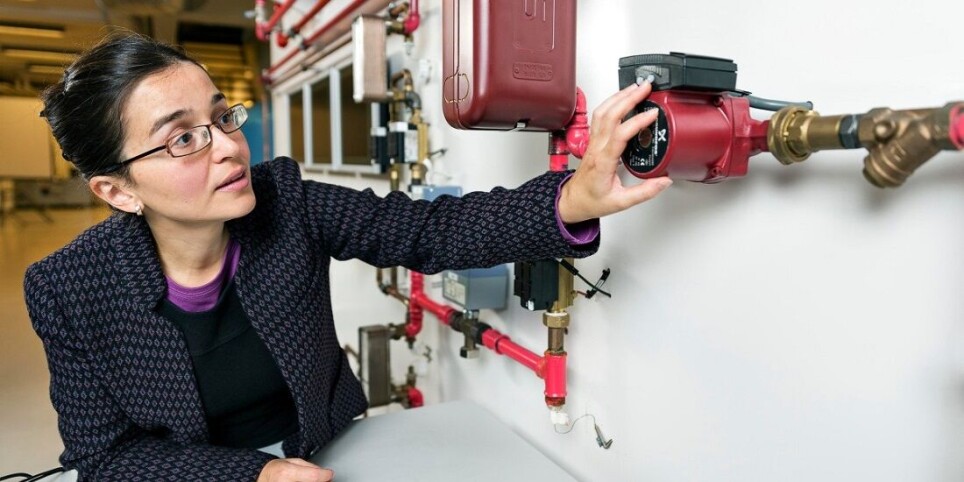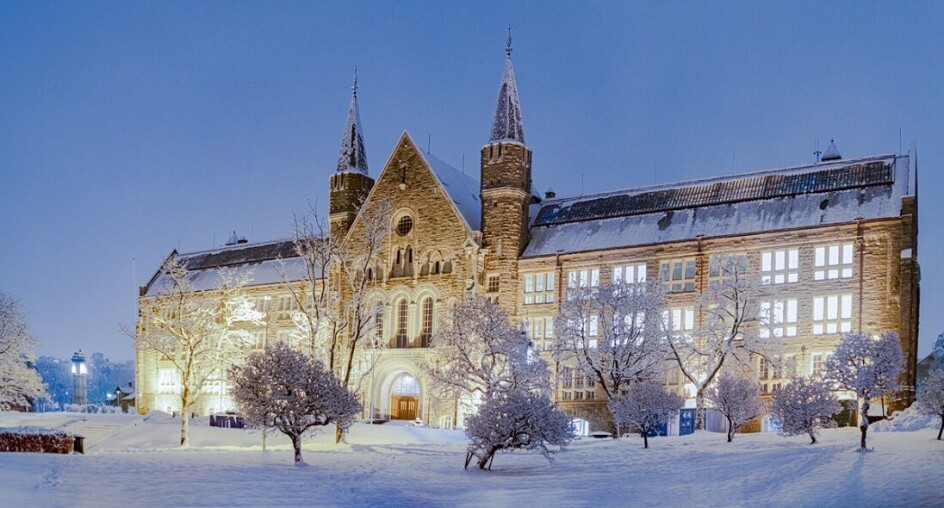THIS ARTICLE/PRESS RELEASE IS PAID FOR AND PRESENTED BY NTNU Norwegian University of Science and Technology - read more

Your electric bill can be reduced with a fortune-telling system
NTNU has tested a system to predict the heating needs of the Gløshaugen campus. The results show that we can save even more where surplus heat is already in use.
A good deal of research shows that surplus heat, such as from data centres, lends itself well as a heat source. But we have only limited knowledge about how the control systems for these systems can save us even more energy and money.
Researchers Juan Hou, Haoran Li and Natasa Nord wanted to do something about that. Their results were newly presented in a researh article.
The researchers used NTNU’s Gløshaugen campus as a test case for a Model Predictive Control (MPC) scheme.

NTNU is basking in the heat of mathematical calculations
First, a little information about how the buildings that researchers and students at Gløshaugen spend time in are heated.
On some days of the year, the surplus heat from the supercomputers at Gløshaugen is enough to heat the entire campus. Cold water is carried to the supercomputers to cool them down, and the heated water is moved on to where it is needed elsewhere on campus.
In winter, the district heating network also supplies heat, but on the warmest days the supercomputers can handle all the campus heating needs.
The water-borne heat from the district heating network, the surplus heat from the computers, and other heating equipment using heat pumps all need to be controlled by a common system.
This control system is what the researchers believe can become even more effective.

Introducing a ‘fortune-telling system’ to save even more
“Making predictions is actually completely different from divination. Whereas a fortune teller rubs a ball and receives her prediction out of thin air, MPC is research based,” Natasa Nord says.
Shee is a professor at NTNU’s Department of Energy and Process Engineering.
The Model Predictive Control (MPC) scheme is a control model filled with a lot of data about the specific heating system and includes everything from previous local weather reports to building temperatures throughout the year and to the various components that provide surplus heat.
When all the data is fed into the system, it becomes a data-based and accurate fortune-telling crystal ball.
Nord explains that traditional control systems are based on rules for very different buildings. They are based on a template that works for all the diverse components, in contrast to the MPC technique, which is tailor-made and knows local conditions inside and out.
The researchers took data for each month in 2017-2018 as their starting point and tested MPC via simulations. They then compared the simulation results with actual electricity use and electric bills.

Savings can add up when prices are high
The testing revealed that it was possible to save 1.8 per cent in energy costs per month with MPC. However, Nord points that this figure was based on the 2021 price model.
We can assume that the effect of the power savings would be even greater today, although the Professor wouldn’t speculate on how much. Currently there are different price models for night- and daytime energy use.
"In any case, our test shows that with MPC we can maximise financial savings for heat consumers like the Gløshaugen campus. The results also show that MPC was more stable and robust than the traditional control system, which is a positive factor for system safety,” says Nord.

Can also be used for systems with other types of excess heat
Not many places in Norway use surplus heat from supercomputers for heating.
“MPC could just as well have been used with other sources of surplus heat, such as cooling in the food industry,” Nord says.
In addition to heat-based industry, cooling also provides surplus heat.
A current project at the Leangen ice rink in Trondheim is attempting to utilise the surplus heat from its cooling facility. Many food industries also require refrigeration.
Nord explains that one challenge in introducing MPC lies in getting the different systems to talk to each other.
“Acquiring good data that we can build into the programming can be challenging. Some components have protocols that we struggle to communicate with. They require some work to adapt the programming. But we’re continuously working on implementation, and this is something that researchers at NTNU can help other players with,” she says.
Reference:
Hou et al. Model predictive control for a data centre waste heat-based heat prosumer in Norway, E3S Web of Conferences, 2022. DOI: 10.1051/e3sconf/202236206007
Read more content from NTNU:
-
Are you more jealous of emotional or sexual infidelity?
-
More than 120,000 Norwegians suffer from work-related anxiety
-
Forever chemicals affect ducklings' genes while they are still in the egg
-
Why are pregnant women in Norway so worried?
-
Politics on Facebook: Populist parties choose divisive issues on purpose
-
Social media is connected to cyberbullying – but not how we thought





































